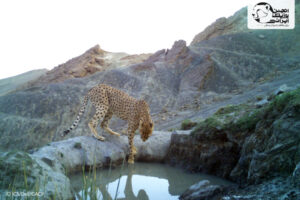
‘Arash’ and ‘Pouyan’ are still roaming in Naybandan
Launched in April 2016, the third phase ICS’s nation-wide cheetah monitoring program is aiming to assess the status of cheetah populations in multiple key reserves in Iran. The ICS team
Our Projects » Asiatic Cheetah Population Monitoring
Since 2012, a highly advantageous program has been in place to better understand the endangered Asiatic Cheetahs, also known as Acinonyx jubatus venaticus, in specific reserves located in northern and southern parts of Iran. Camera traps have been instrumental in gathering critical information on the elusive species, enabling an accurate determination of their population dynamics and abundance. The invaluable information garnered has enabled a comprehensive understanding of Asiatic cheetahs regarding movement, reproduction, and minimum population size. With the results of this important program now available, we can collaboratively develop efficient conservation plans with the Iranian government and other NGOs. The program is an ongoing initiative, and we strive to continuously monitor the cheetahs in their breeding habitats for as long as possible.

Launched in April 2016, the third phase ICS’s nation-wide cheetah monitoring program is aiming to assess the status of cheetah populations in multiple key reserves in Iran. The ICS team
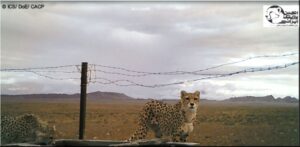
Conservation efforts must take a landscape level approach As a Critically-Endangered subspecies of cheetahs that only persist in Iran, the Asiatic cheetah (also known as the Iranian cheetah) is very popular today. Asiatic cheetahs are considered as
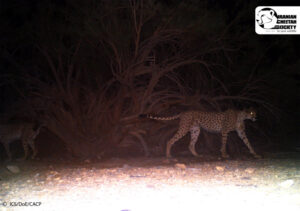
New data obtained during the third phase of nation-wide cheetah monitoring program confirm the persistence of a male cheetah coalition we previously identified in 2012 in Darreh Anjir Wildlife Refuge,
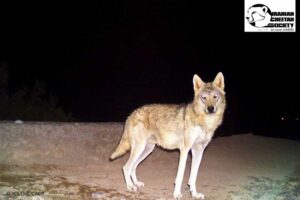
During the third year of country-scale monitoring of the Critically Endangered Asiatic cheetah in Iran, our research team was surprised by finding the first confirmed evidence of wolf presence in
Miandasht Wildlife Refuge is one of the key cheetah reserves in northeastern Iran. Monitoring of the reserves using camera-traps by ICS has revealed at least 7 cheetah individuals in this
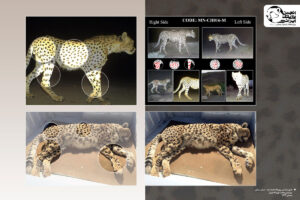
On February 1st, 2016, Semnan Department of Environment discovered a carcass of an adult male cheetah in vicinity of Touran Protected Area. A preliminary necroscopy examination suggested that this cheetah